- No products in the cart.
Allervey tab n / 5mg film about 30 pc
$9.44
Allervey tab n / 5mg film about 30 pc
Description
Composition
Active substance:
Levocetirizine dihydrochloride 5.00 mg
Excipients:
Lactose monohydrate 88.00 mg; microcrystalline cellulose 34.10 mg; colloidal silicon dioxide 1.60 mg; magnesium stearate 1.30 mg;
Film coating: Opadry White OY-58900 (Hypromellose (5 cP) 62.5%, titanium dioxide (E171) 31,25% macrogol 400, 6.25%) 3.25 mg.
Description:
Oval biconvex tablets, film-coated white or almost white, c smooth one side, on the other side engraving «R 5″. The cross-sectional core from white to almost white color.
Product form:
Tablets, film-coated, 5 mg.
10 tablets from a blister (PA / AL / PVC) foil / aluminum foil.
3 blisters with instructions for use in a cardboard pack.
Contraindications
Hypersensitivity to the active substance, cetirizine, hydroxyzine, piperazine derivative of any one or any excipient the formulation.
Lactase deficiency, lactose intolerance, glucose-galactose malabsorption.
End-stage renal failure (creatinine clearance
Children under 6 years (due to limited data on safety and efficacy).
Carefully:
In chronic renal failure (need correction mode).
Elderly patients (with age-related decrease in glomerular filtration).
Patients with spinal cord injury, prostate hyperplasia, and in the presence of other predisposing factors to urinary retention because levocetirizine may increase the risk of urinary retention.
With the simultaneous use of alcohol {see. section “Interaction with other medicinal products”).
When assigning pregnant women or during breast-feeding.
Dosage
5 mg
Indications
Allervey, tablets, film-coated, 5 mg is indicated in adults and children 6 years and older with:
– treating the symptoms of allergic rhinitis, including round (persistent) and seasonal (intermittent) allergic rhinitis, and allergic conjunctivitis, such as itching, sneezing, nasal congestion, rhinorrhea, lacrimation, conjunctival hyperemia;
– pollinosis (hay fever);
– urticaria;
– other allergic dermatoses, accompanied by itching and rashes.
Interaction with other drugs
Study of the interaction of levocetirizine with other drugs was conducted. In the study of drug interaction with antipyrine racemic cetirizine, azithromycin, cimetidine, diazepam, erythromycin, glipizide, ketoconazole, pseudoephedrine and phenazone clinically significant adverse interactions not revealed.
When concomitant administration with theophylline (400 mg / day) reduced total clearance cetirizine 16% (theophylline kinetics does not change).
In the study while receiving ritanovir (600 mg, 2 times daily) and cetirizine (10 mg daily) was shown that exposure of cetirizine increased by 40%, and ritonavir exposure was varied slightly (-11%).
In some cases, while the use of levocetirizine with alcohol or drugs that have a inhibitory effect on the central nervous system (CNS), may cause confusion and performance degradation.
Overdose
Symptoms: drowsiness (in adults), agitation and anxiety, changing sleepiness (in infants).
Treatment: it is necessary to wash out the stomach or take activated charcoal, if after ingestion little time has passed. Recommended holding of symptomatic and supportive therapy. No specific antidote. Hemodialysis is not effective.
pharmachologic effect
Pharmacological group:
antiallergic agent – H1-histamine receptor blocker.
Pharmacodynamics:
Levocetirizine (R) enantiomer of cetirizine, is an inhibitor of peripheral H1 histamine receptors.
Levocetirizine possesses a strong antihistaminic and antiallergic effect. It affects gistaminozavisimuyu phase allergic reactions, reduces migration of eosinophils, reduces the permeability of the vascular wall and limits the release of inflammatory mediators.
Levocetirizine prevents the development and facilitates the allergic reactions has antipruritic and protivoekssudativnoe action. Virtually no effect on cholinergic and serotonin receptors at therapeutic doses no sedative effect.
Pharmacokinetics:
Farmakokinetika levocetirizine varies linearly.
Suction
After oral administration, the drug is rapidly and completely absorbed from the gastrointestinal tract. Food intake does not affect the completeness of absorption, although its speed is reduced. In adults, after a single administration of the drug at a therapeutic dose (5 mg), maximum concentration (Cmax) in plasma is 270 ng / ml and is achieved in 0.9 hours after repeated administration at a dose of 5 mg – 308 ng / ml. The equilibrium plasma concentration (Css) is reached after 2 days.
Distribution
Levocetirizine is 90% bound to plasma proteins. The volume of distribution (Vd) is 0.4 l / kg. Bioavailability is 100%.
Metabolism
Less than 14% of the drug is metabolized in the body by N- and O-dealkylation (unlike other antagonists of H1 histamine receptors, are metabolized in the liver via cytochrome systems) with a pharmacologically inactive metabolite. Due to the limited metabolism and absence of metabolic inhibitory activity on the metabolic interaction of levocetirizine level with other substances likely.
breeding
In adults, the half-life (T1 / 2) of 7.9 ± 1.9 hours, the total clearance of 0.63 mL / min / kg.
Around 85.4% of the dose of the drug excreted by the kidneys unchanged by glomerular filtration and tubular secretion; about 12.9% – through the intestines.
Pregnancy and breast-feeding
Data on the use of levocetirizine during pregnancy practically absent or limited (less than 300 outcomes of pregnancy). However, the use of cetirizine racemate levocetirizine during pregnancy (more than 1000 pregnancy outcomes) was not associated with malformations and fetal and neonatal toxic effects. In animal studies revealed no direct or indirect adverse effects on pregnancy, embryonic and fetal development, childbirth and postnatal development.
When levocetirizine pregnant women should be careful.
Breastfeeding
Cetirizine racemate levocetirizine is excreted in breast milk. Therefore, it is also likely, and the allocation of levocetirizine in breast milk. Children who are breastfed, may cause adverse reactions to levocetirizine. Therefore, caution should be exercised in the appointment of levocetirizine during breastfeeding.
Conditions of supply of pharmacies
Without a prescription.
side effects
Clinical researches
During clinical trials in men and women 12-71 years old with a frequency of 1% or more (often> 1/100, 1/1000,
During clinical trials in children aged 6 years to 12 years at 1% or more (often> 1/100,
postmarketing studies
The frequency of side effects is not known (could not be estimated from the available data).
Violations by the immune system
Hypersensitivity reactions, including anaphylaxis.
Errors of Metabolism and Nutrition Disorders
Increased appetite.
Violations by the psyche
Anxiety, aggression, agitation, depression, hallucinations, insomnia, suicidal thoughts.
Disorders of the nervous system
Convulsions, thrombosis sinuses of the dura mater, paresthesia, dizziness, syncope, tremor, dysgeusia.
Violations by the organ of hearing and labyrinth disorders
vertigo
Violations by the organ of vision
Blurred vision, blurred vision, inflammatory manifestations.
Violations of the cardiovascular system
Angina pectoris, tachycardia, palpitations, thrombosis of the jugular vein.
Violations of the respiratory system
Shortness of breath, increased symptoms of rhinitis.
Disorders of the gastrointestinal tract
Nausea, vomiting, diarrhea.
Disorders of the liver and biliary tract
Hepatitis, a change in liver function tests.
Violations of the kidneys and urinary system
Dysuria, urinary retention.
Violations of the skin and subcutaneous tissue
Angioedema, drug resistant erythema, rash, pruritus, urticaria, hypotrichosis, cracks, photosensitivity.
Violations by musculoskeletal and connective tissue
Muscle pain, arthralgia.
General disorders
Peripheral edema, weight gain.
Other
Cross-reactivity.
If any of these instructions side effects are compounded, or if you notice any other side effects not mentioned in the instructions, tell your doctor.
special instructions
Intervals between doses should be adjusted individually depending on renal function.
We recommend caution with concomitant use with alcohol.
In the presence of predisposing factors for patients to urinary retention (e.g., spinal cord injury, prostatic hyperplasia), be careful because levocetirizine may increase the risk of urinary retention.
Effect on driving ability
Levocetirizine may cause increased sleepiness, therefore, the drug can affect the ability to drive or operate machinery. In the period of treatment should refrain from activities potentially hazardous activities that require high concentration and psychomotor speed reactions.
Storage conditions
Store at a temperature not higher than 25 ° C.
Keep out of the reach of children!
Dosing and Administration
The tablet should be taken orally without chewing, and with some liquid, regardless of the meal.
Adults and children over 6 years
The daily dose is 5 mg (1 tablet) once.
The duration of the drug
In the treatment of seasonal (intermittent), rhinitis (presence of symptoms at least 4 days a week, or a total duration of less than 4 weeks), the duration of treatment depends on the duration of symptoms; Treatment can be discontinued when the disappearance of symptoms and resumed if symptoms.
In the treatment year (persistent) allergic rhinitis (presence of symptoms for more than 4 days per week and the total duration of more than 4 weeks) treatment may continue throughout the period of exposure to allergens.
hay fever treatment determined by a doctor.
There is clinical experience of continuous use of levocetirizine in adult patients for up to 6 months. When you pass the reception did not take a double dose, take your next dose at the usual time.
Information
Appearance may differ from that depicted in the picture. There are contraindications. You need to read the manual or consult with a specialist
Additional information
| Weight | 0.100 kg |
|---|---|
| Manufacturer | DR.REDDIS |

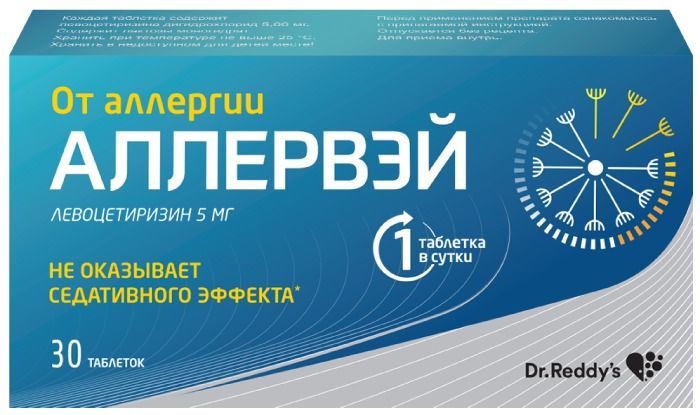
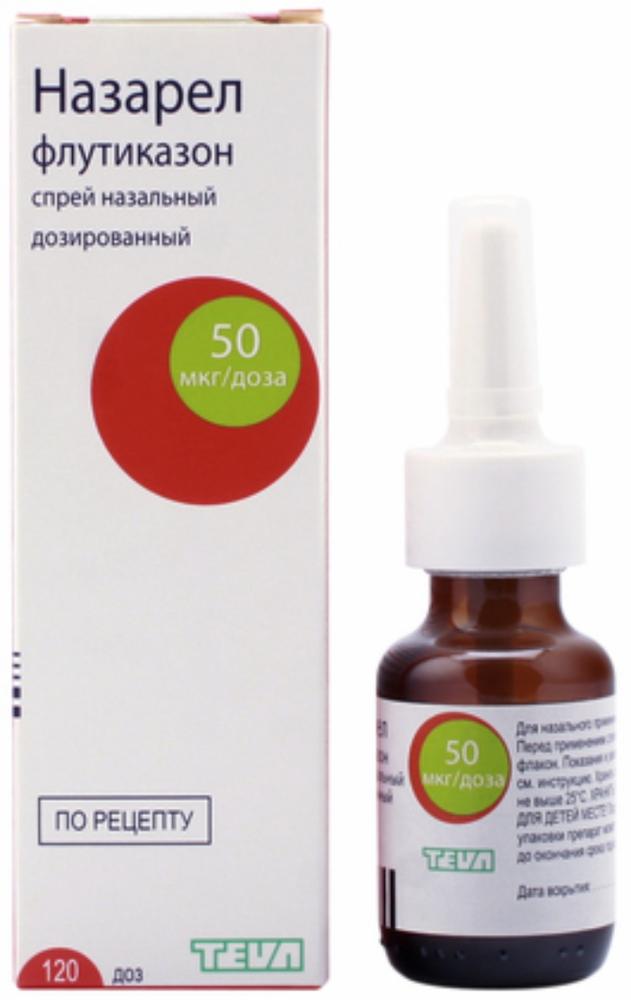
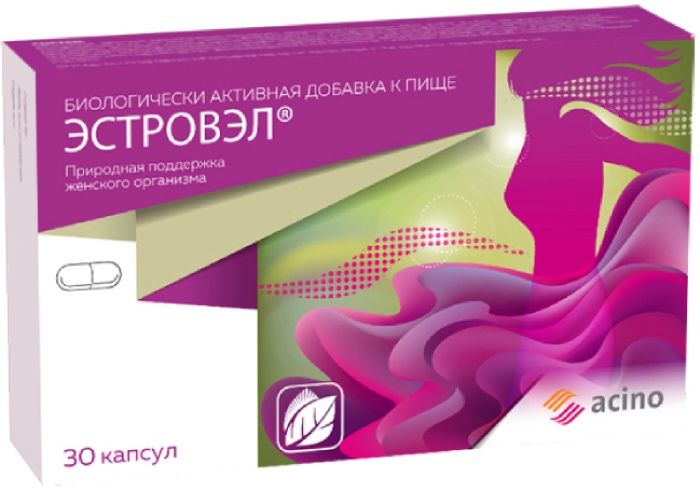
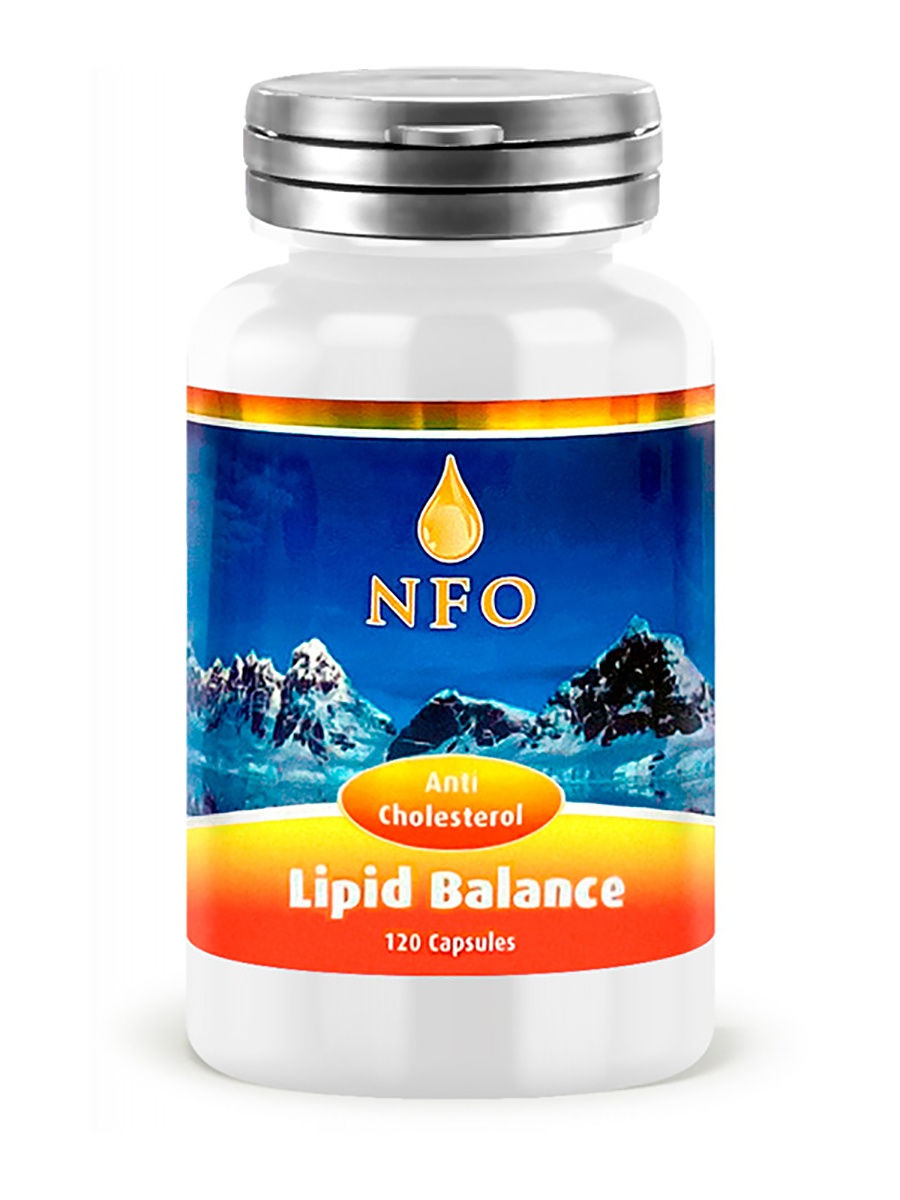

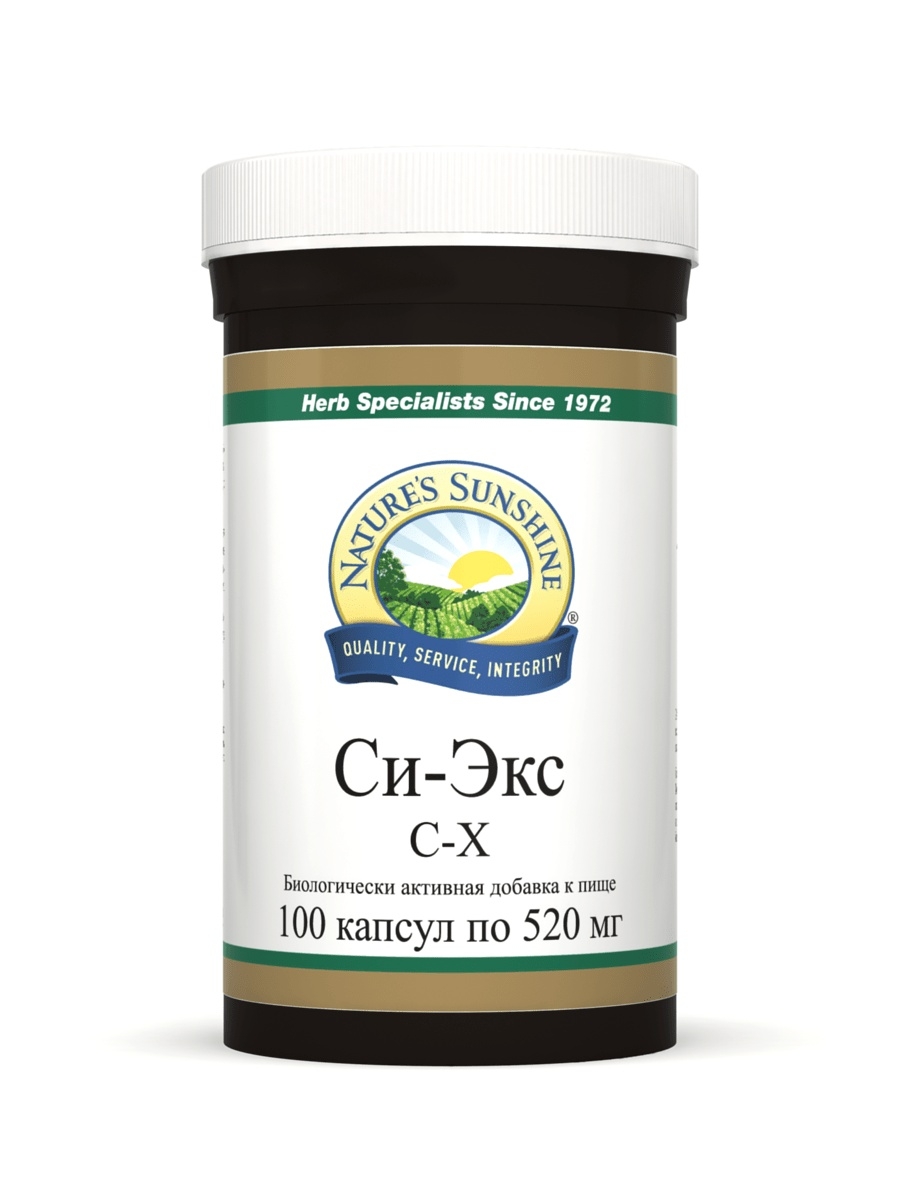

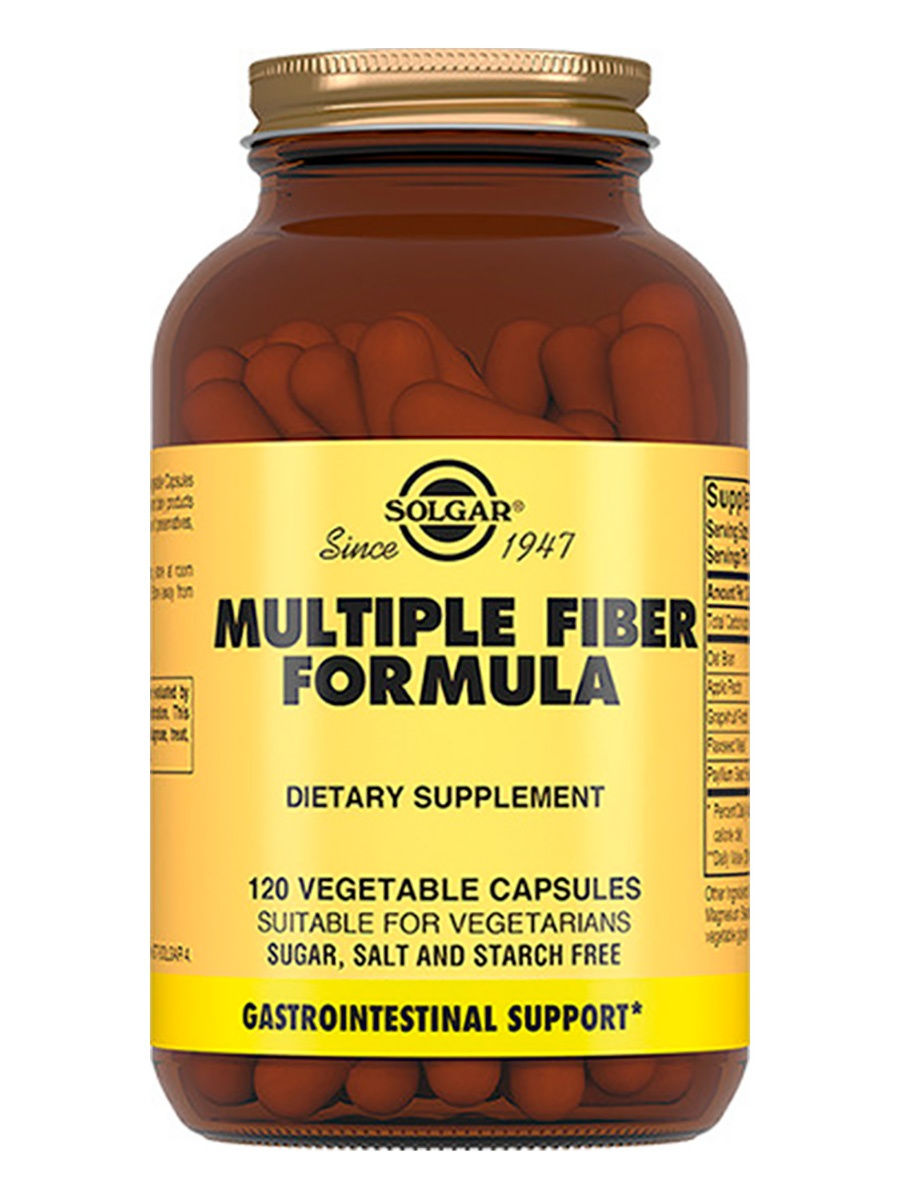
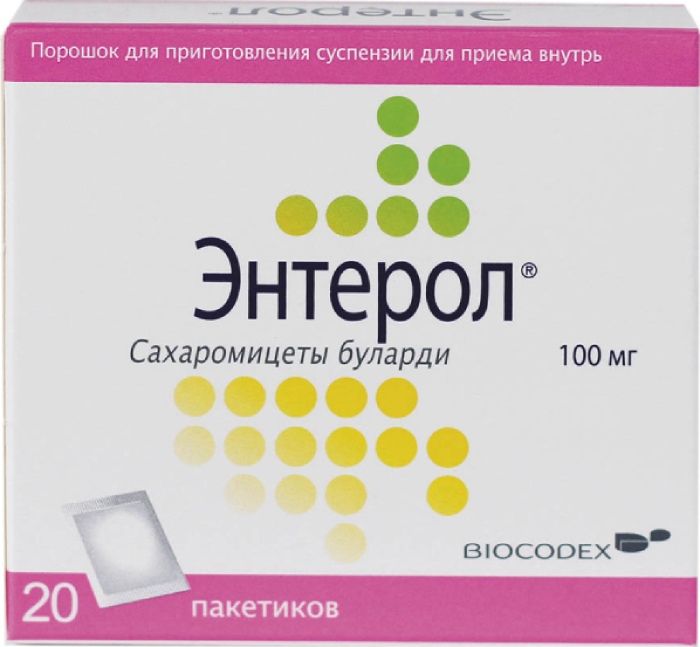



There are no reviews yet.